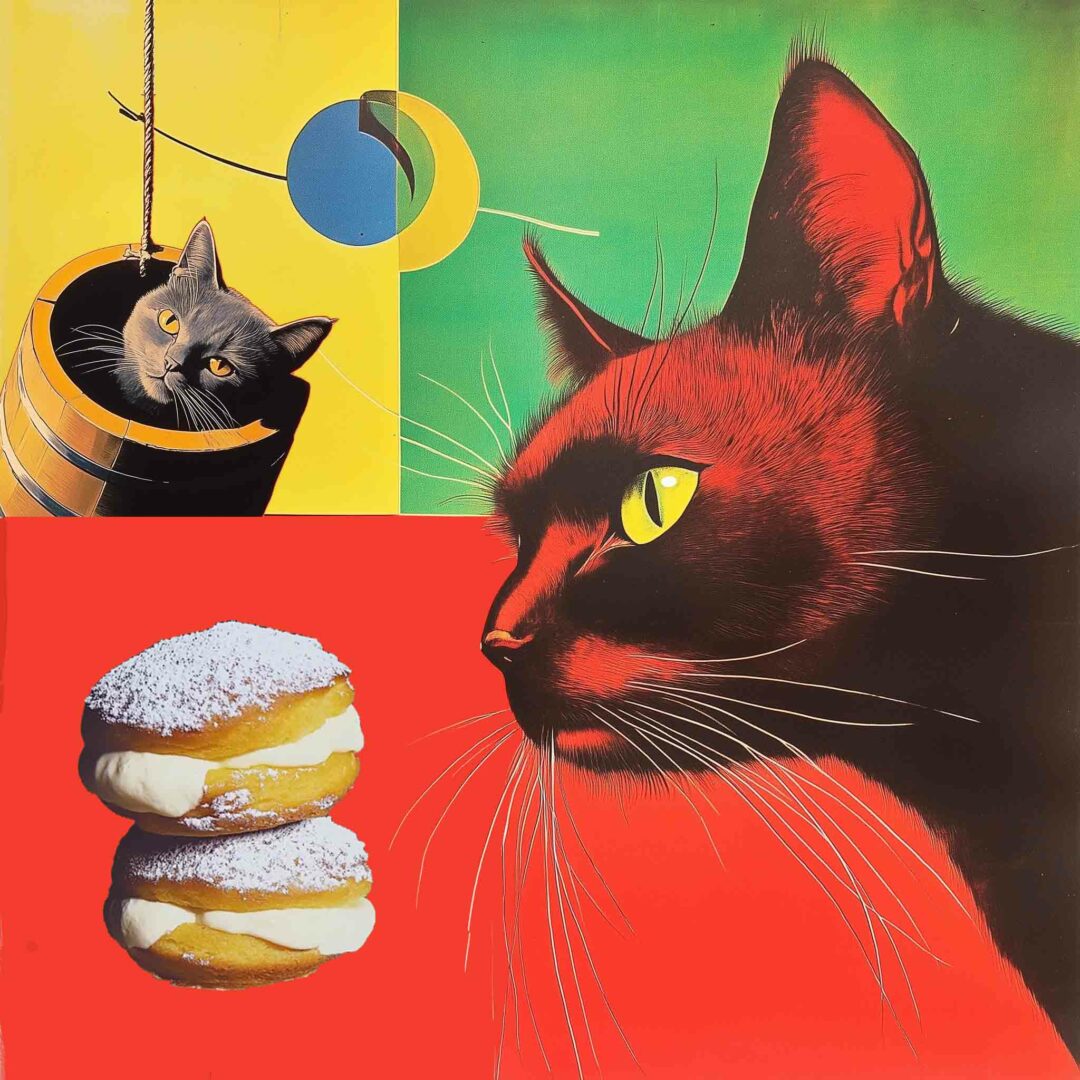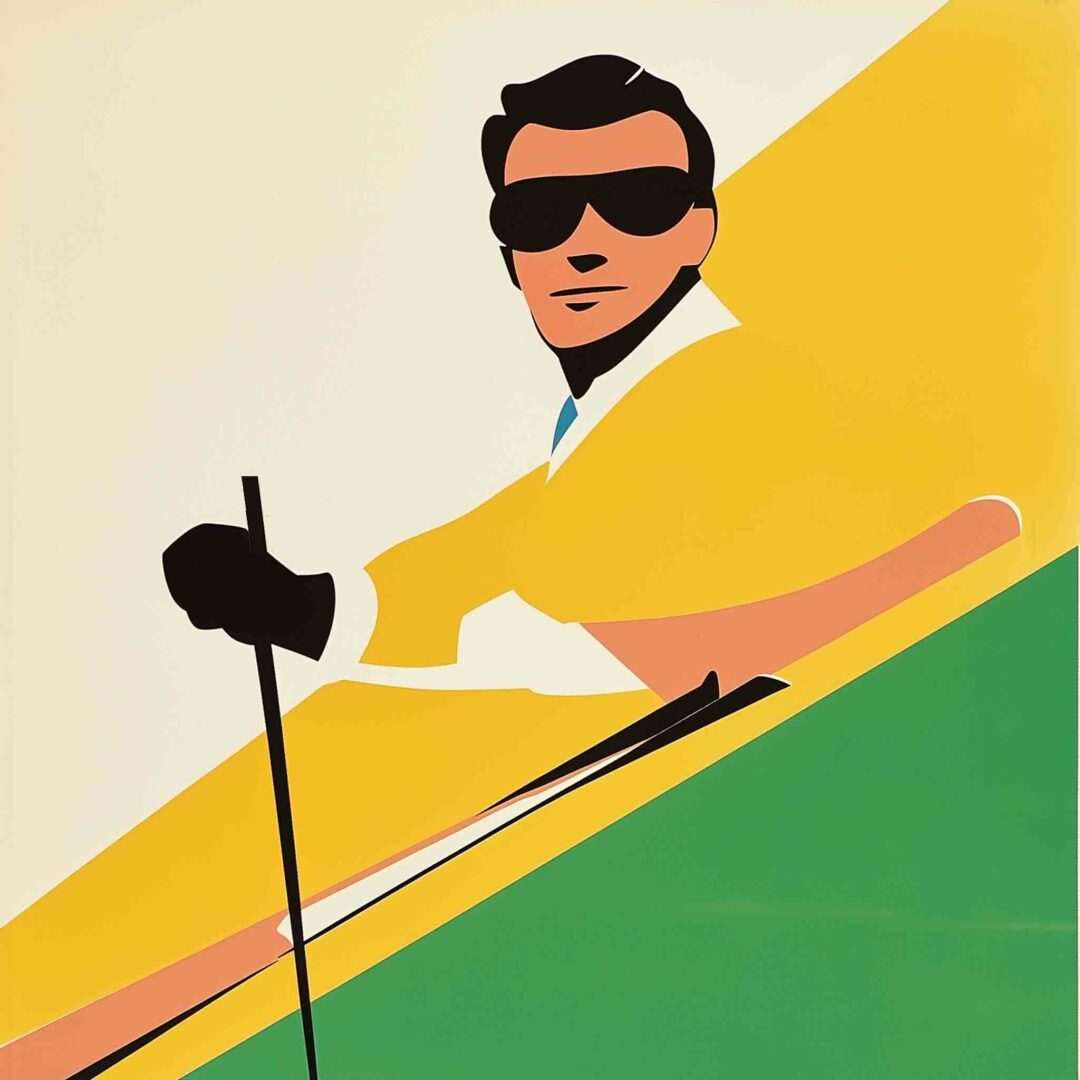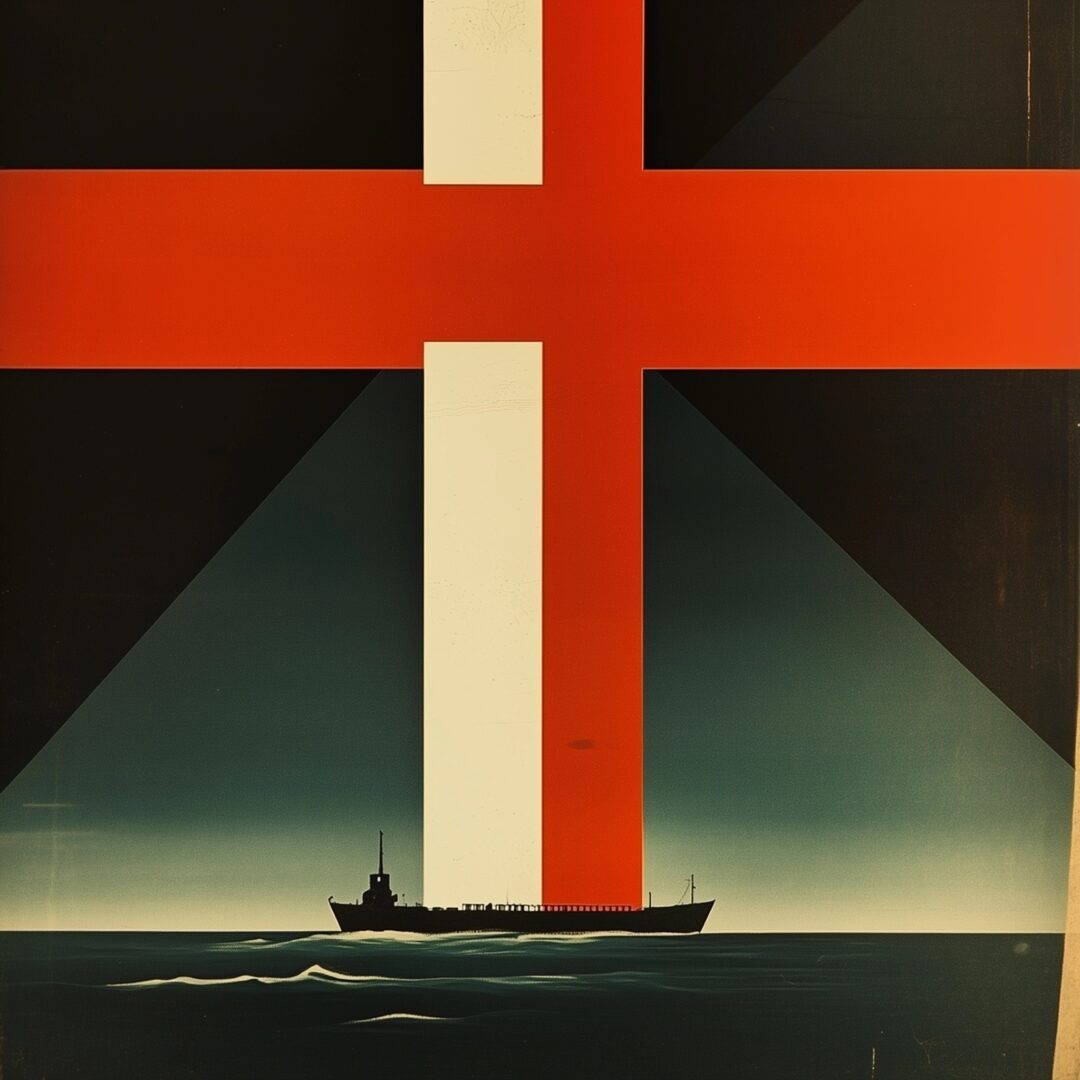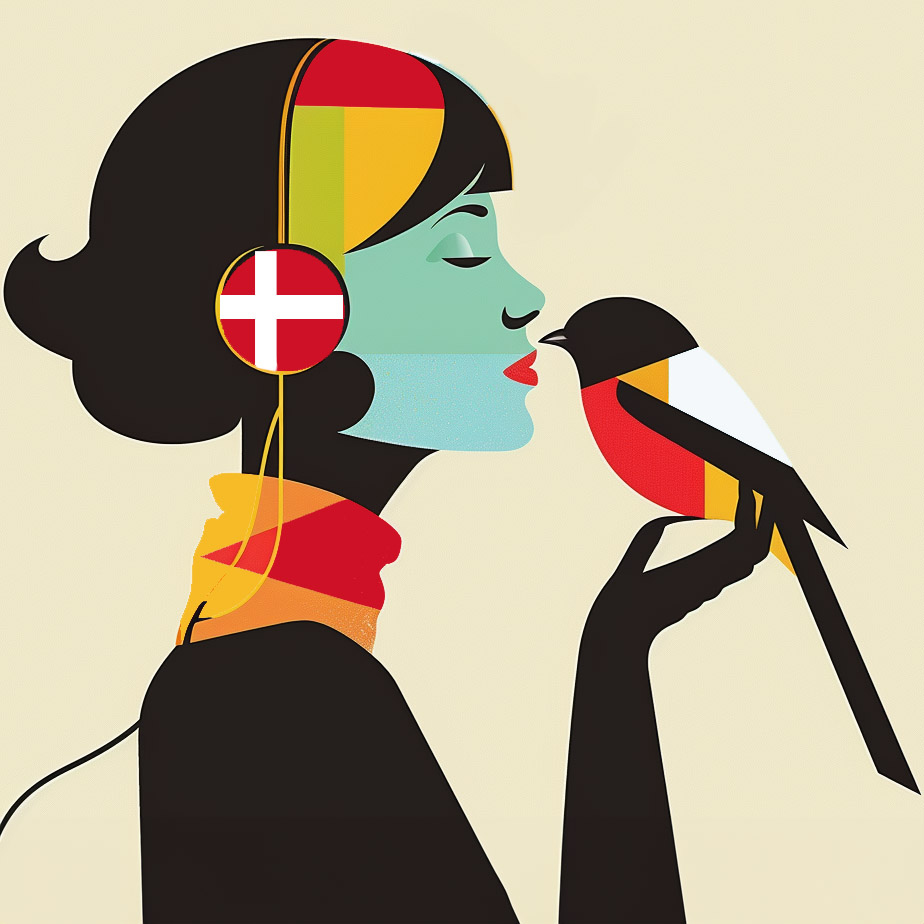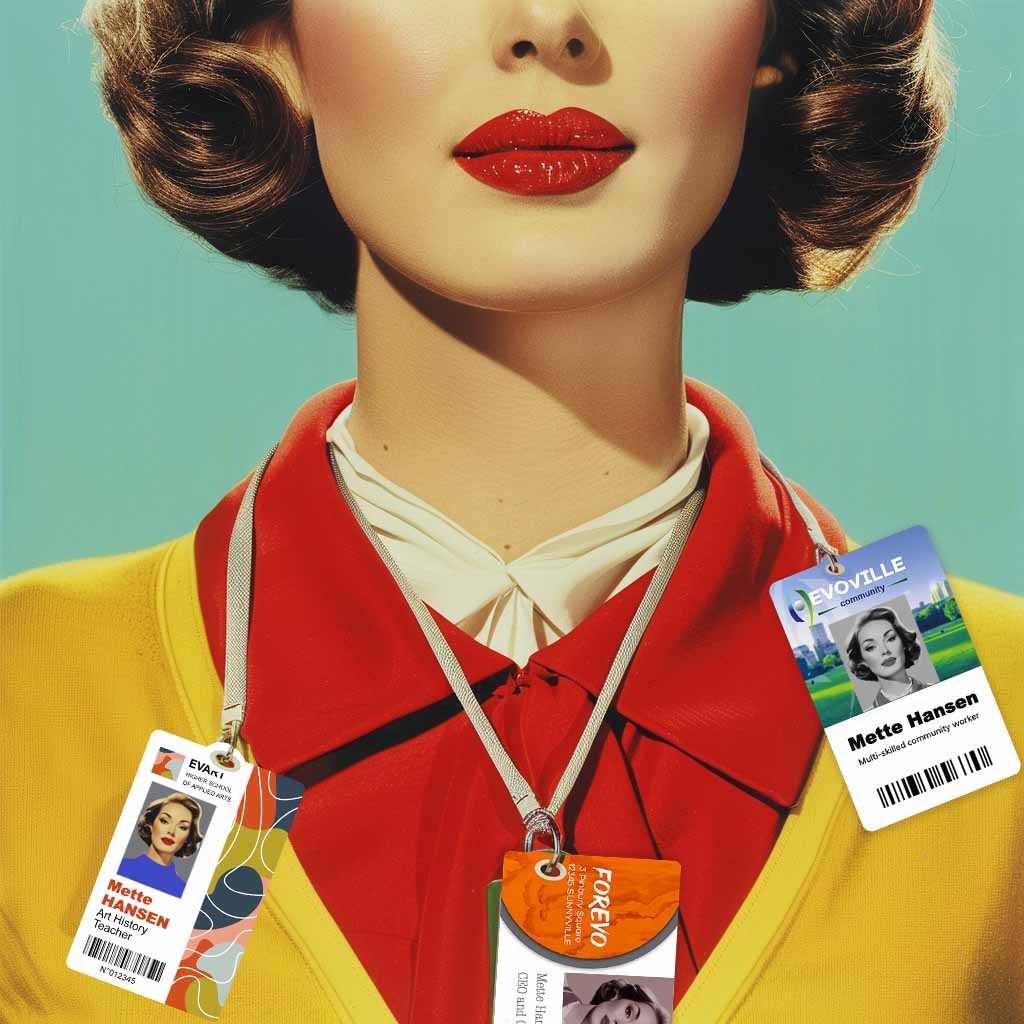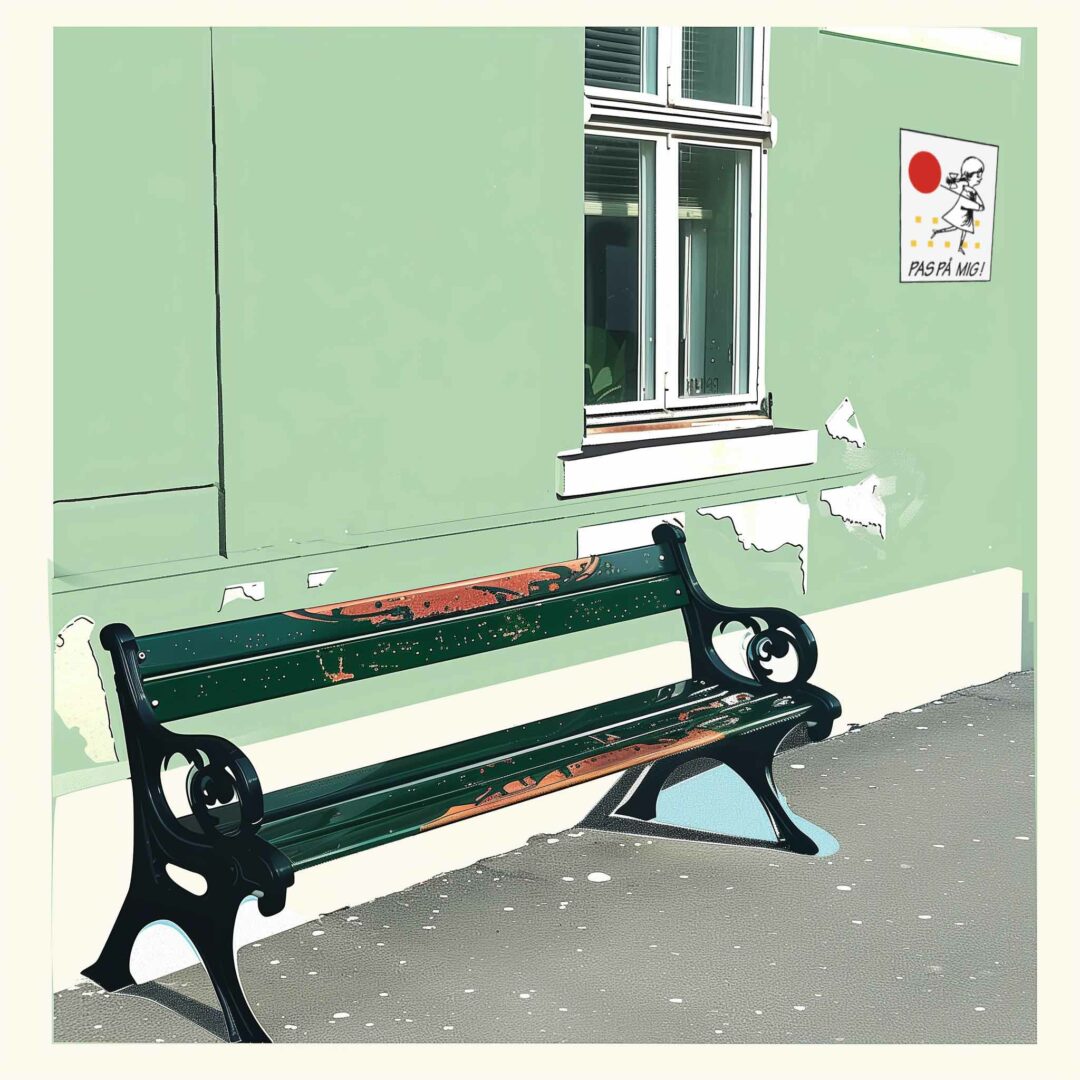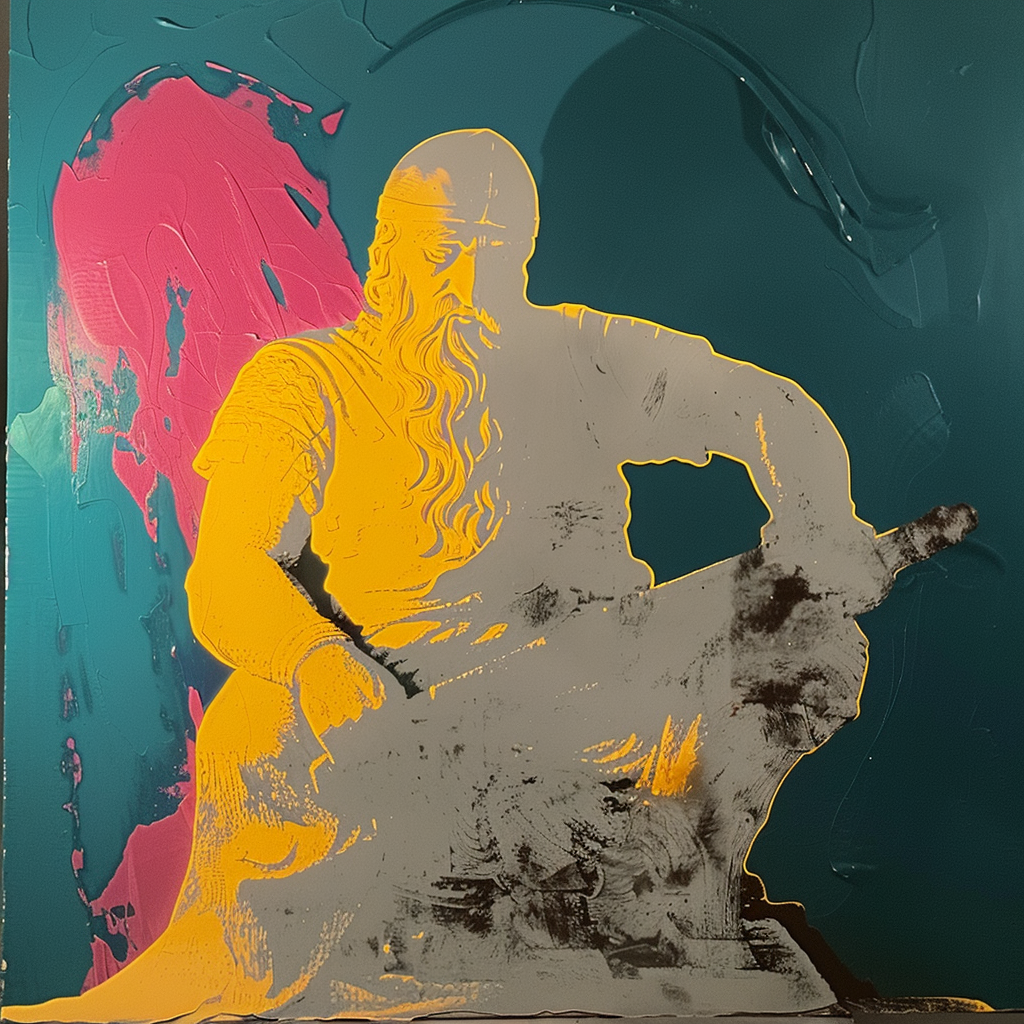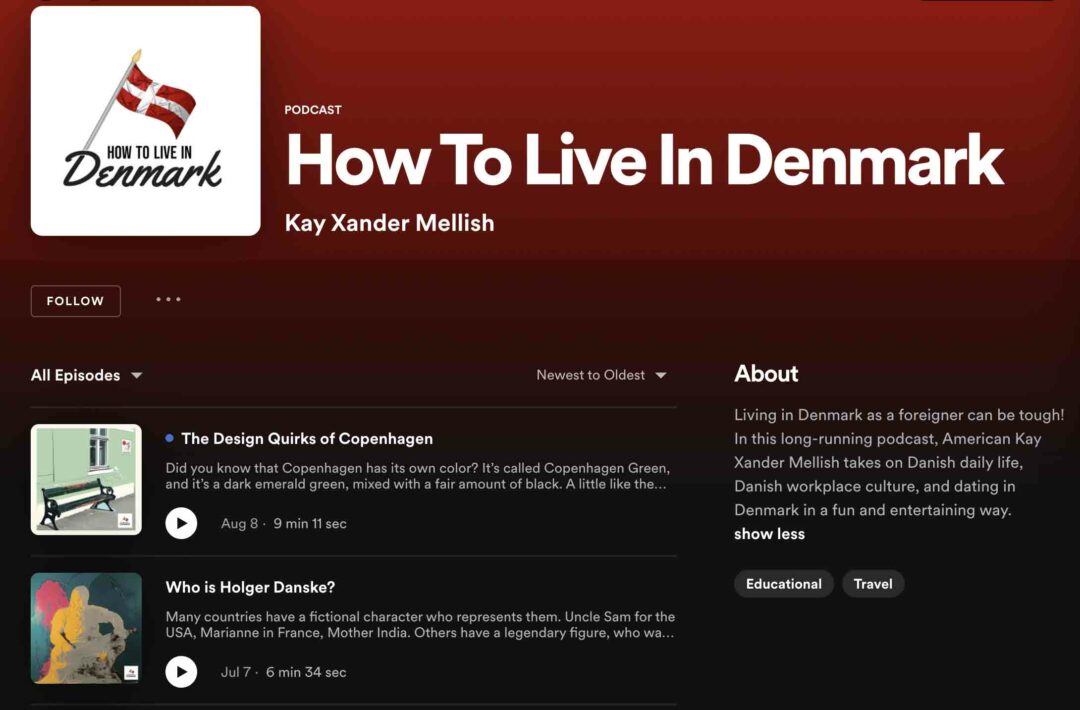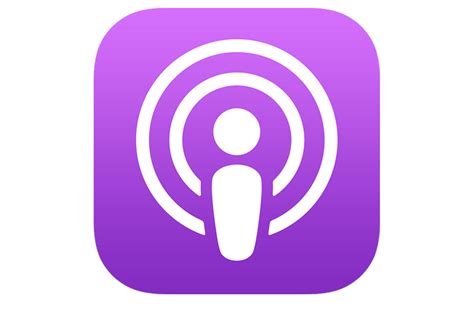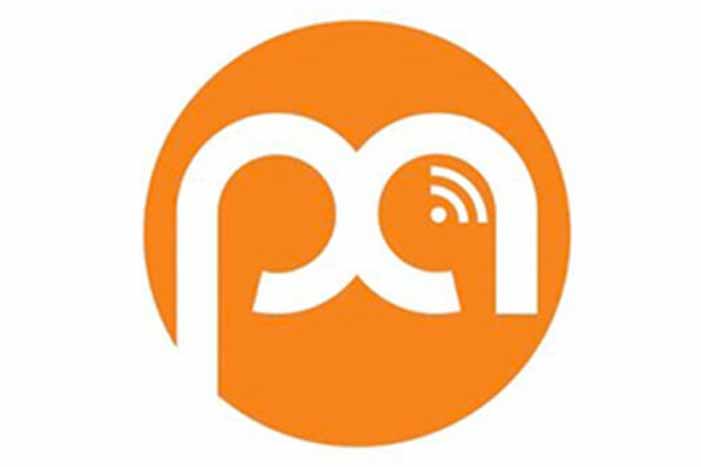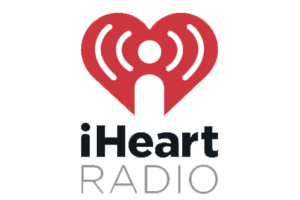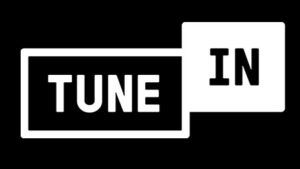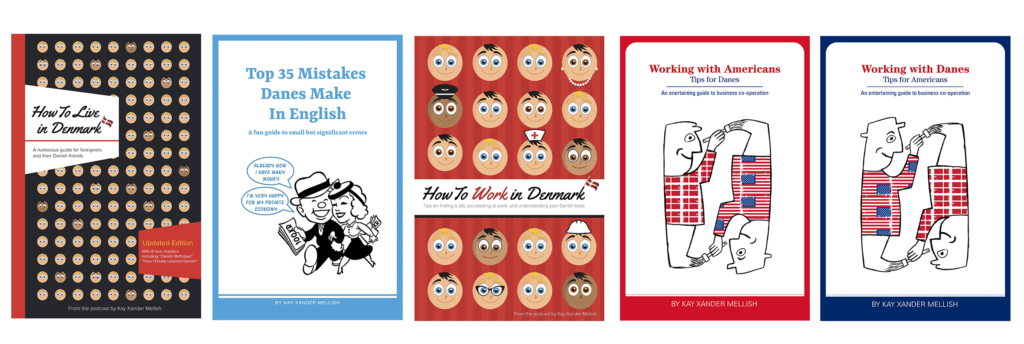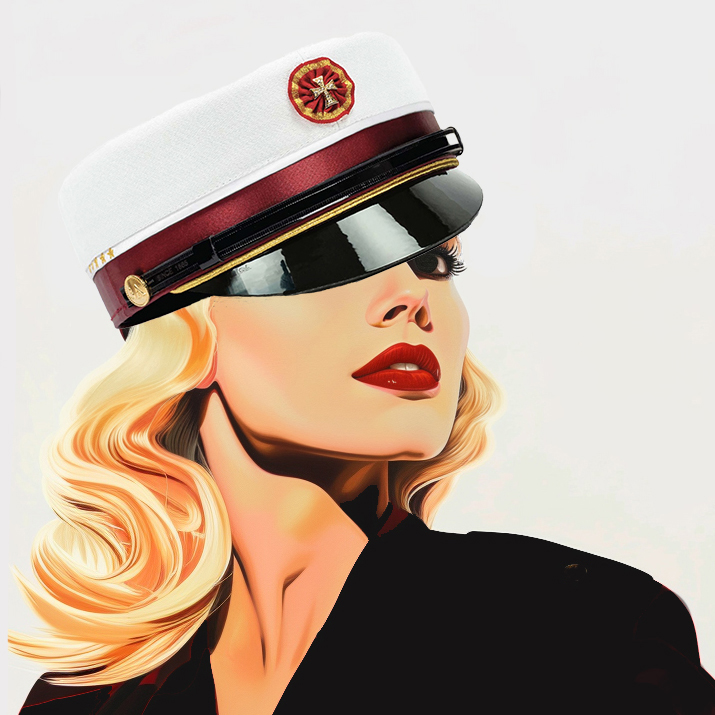I’ve referred to “The Danish Year” before on How to Live in Denmark. It’s a series of events that are simply expected to happen every year in Denmark, even if they aren’t formal holidays. In 2025 I’m going to try to do a podcast every month about aspects of the Danish year, and how they fit into the overall context of where Denmark is coming from, and where it’s going.
Put a cat in a barrel.
Hang up the barrel, maybe from a tree.
And then hit the barrel, with a stick. Hard, until the barrel breaks and the cat runs away.
It doesn’t sound very nice, but that’s the way Danes used to celebrate Fastelavn, which is the Danish version of Carnival, or Mardi Gras.
These days the Danes are great fans of animal rights, and often the drivers of animal rights laws in the European Union.
But back in the day, “hitting the cat in the barrel” was the way that superstitious Danes tried to ward off evil. That poor cat.
Cat in the barrel for children
Fast forward to today, the barrel is still part of the event, and so is the stick, but the cat is long gone.
Now “hitting the cat in a barrel” is something that Danish children do.
The barrel contains candy, and when the child with the biggest swing breaks it open, the candy spills all over the floor, a bit like a piñata.
All the children run to collect their share, and the kid who broke it open is named the Cat King or Cat Queen. They get a paper crown to wear for the rest of the party.
Fastelavn is one of the Danes’ favorite holidays. It takes place in February, when the light is finally beginning to come back after a long season of winter darkness.
The kids dress up in cute costumes, and sometimes they rasle or ask neighbors for treats.

